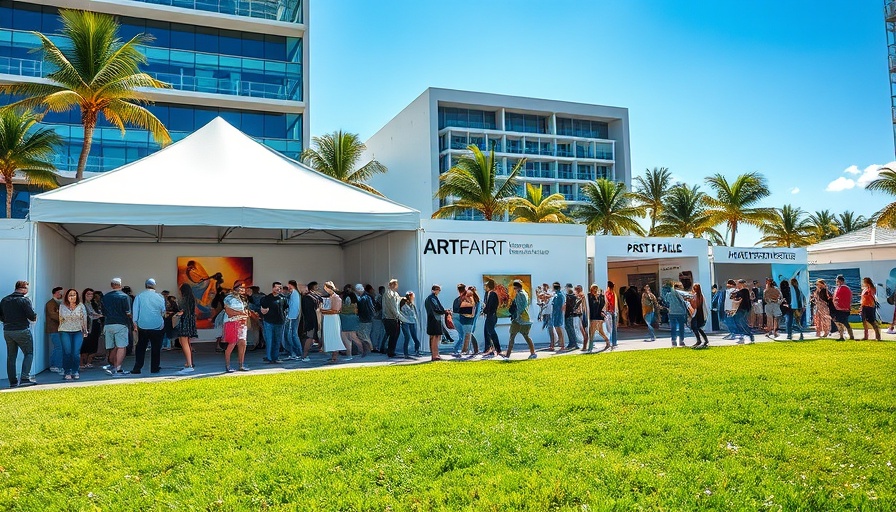
The Power of Artistic Freedom in Educational Spaces
In an increasingly polarized society, the concept of academic freedom is more important than ever. Recently, artist Janiva Ellis and art historian Rizvana Bradley made headlines by canceling their upcoming event at Harvard University. Their decision was rooted in concerns about the institution's perceived repression of academic freedom, a stance that resonates strongly within the arts community. For viewers and participants alike, this event represented an opportunity to engage with contemporary issues through the lens of art—a form that serves as both a mirror and a hammer.
Recent Events and Their Significance
This cancellation comes at a pivotal moment, highlighting the tension between artistic expression and institutional policies. Harvard's decision to engage in practices perceived as limiting the exploration of certain topics has drawn criticism, particularly from those who believe such actions threaten the fundamental principles of education and dialogue. Ellis and Bradley's showcase was not merely a set of presentations; it symbolized a forum for the exchange of ideas—a space where artists could freely discuss cultural and political issues, which are essential for intellectual growth and community engagement.
Understanding the Impact on the Arts Community
For many artists today, the institution of higher learning is not just a place of study; it is a sanctuary for the unfettered exchange of artistic ideas. This incident shines a light on the broader implications that such cancellations have, especially for rising artists and thinkers who seek to break new ground. Ellis and Bradley are prominent figures in this discussion, as they advocate for the role of art in political and social discourse, pushing against the boundaries set by institutions.
A Wider Lens: What This Means for Future Events
The cancellation by Ellis and Bradley signals a call to action for other artistic communities and institutions. If artists begin to withdraw from spaces that restrict their freedom, it could lead to a significant shift in how we think about academic settings in the arts. This is an opportunity for institutions to reassess their policies and create environments where diverse voices can blossom—something that is crucial in fostering the next generation of creative thought leaders.
Communities Respond: The Ripple Effect
This situation has ignited conversations within local communities, like those in Philadelphia, where audiences are increasingly engaged in the arts. Many community members feel that this restriction of artistic expression cuts them off from vital conversations about their own experiences and histories. Artists across the city are now grappling with how to navigate their own platforms, considering not just the messages they want to spread but also the environments in which they want to share them. For many, this discussion has become a rallying point, urging grassroots movements to rise and support independent expression.
As we venture deeper into this pivotal moment for art and academia, it serves as a reminder of the value inherent in free expression. The insights derived from events like the one at Harvard are not just about the art displayed, but about the dialogues provoked and the connections formed among individuals within the audience. And now, more than ever, it is crucial for institutions and artists alike to collaborate and foster an environment that promotes the sharing of ideas and creativity. For those who hope to develop deeper connections to their community through art, it is vital to explore and engage with the rich tapestry of voices that make up our collective experience.
 Add Row
Add Row  Add
Add 




Write A Comment